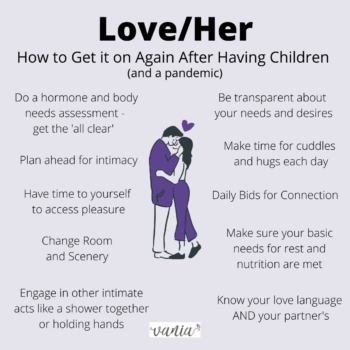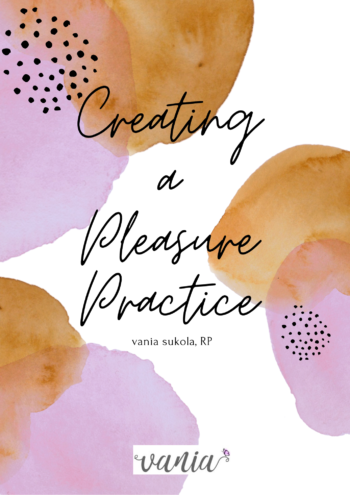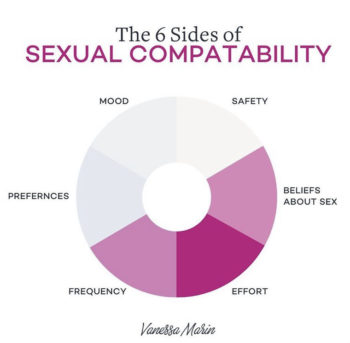When i was contemplating my decision to have children many moons ago, i had to ask myself some hard questions. What kind of mother did i want to be? Did i want to be a mother? Who would be part of my village as a support to me? What work did i have to do first in order to show up as a mother? Did i feel aligned with the label of Mother, and how would parenting change me?
In order to help me grapple with these questions, i looked at my models of motherhood. I reflected on these relationships to help me get a sense of this role. My own mother was very invested in her identity as a mother. She made sacrifices as a woman, a newcomer to Canada, in order to be as present and active as a mom. She took my sister and i to every dance, music and swim class. She sat in the lobbies and waited for us. She showed up and was always around. Of course, she had a life outside of us but i didn’t really see it, nor ask her. It was assumed that she was solely, or at least mainly, mom.
I looked at other mothers – my friends’ moms, my dance teacher, TV characters – all mainly showed that mothers martyred themselves for their children even when they balanced this role with other parts of their life.
In the end, i knew that i wanted to include children in my own life, and yet i also knew that remaining a therapist was important to me too. I further knew that keeping parts of me active was imperative in my transition into motherhood, and coming out of the other side of it. While i appreciated the sacrifices mothers made at the time, i knew we deserved better ourselves.
And yet all the good books on becoming mothers and having children were more about how to feed and clothe babies, instead of helping us with this major rite of passage we experience. Patriarchy still enforces, and not so subtly at times, that women’s role is to raise children: That it’s an inherent knowing versus a learning-as-we go imperfect model. We are told to bounce back to who we were before, or at least our bodies are supposed to.
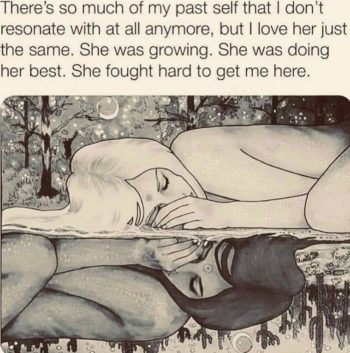 We are not meant to bounce back. We are not the same as before. We are not yo-yos or slinky toys. We may be better or not but we are clearly changed. We all die these little deaths in our lifetime, because we are supposed to.
We are not meant to bounce back. We are not the same as before. We are not yo-yos or slinky toys. We may be better or not but we are clearly changed. We all die these little deaths in our lifetime, because we are supposed to.
When it came to this massive shedding of skin and reckoning, mothers are still coming out of the goo of chrysalids on their own. While we are creating a new skin, the idea of being more than a mom is still kept in the shadows.
Now, 12 years into parenthood, i have a better sense of the mother i want to be. I also know that we cannot make this transformation alone. Luckily, there are more books, resources, and communities that speak about this openly and directly.
The death of former me is now my chance to rebirth a new version of myself. This is the snakeskin transition. And yet, we are not given time or permission to grieve the old version of us. We are supposed to jump all in and celebrate motherhood wholeheartedly. We arn’t supposed to regret it, and if you do…good luck.
We need to grieve for the person who we were or hoped to become, and also take from her what we want to continue holding. This is alchemy in human-form. Alchemists work to completely change (or devour) what was in order to become something new and stronger. It is meant to be a cyclical process.
I participated in a powerful workshop over the summer, where Kimberly Ann Johnson had Deborah Quibell as a guest. She is a Depth Psychologist who focuses on Matrilineal Reconstruction through the lens of Jungian Archetype work. I know that’s a mouthful and yet it really shows a light on this identity shift.
The pervasive and traditional paradigm of what makes a mother is based on these roles: nurturer, protector, empowerer and initiator. Phillip Moffitt speaks further about these functions in this amazing article by Bethany Webster. And yet, i also think that the Mother Archetype is deeper than that – she is the creator of life, of manifesting into being what was not there. This could be a child, but also creating art, a new job, or a garden. So much emphasis is put on the work of nurturer, protector, and empowerer that it seems to be disregarded that we also initiate, or create.
What we also create is a new version of ourself – our former version is now dead and we have been reborn as in this new archetype, identity, or role. So it’s important to ask yourself “where am I now? What is my transition now? WHO am i now?”
Jung spoke a lot about archetypes and the different processes of transformation. The process helps us contain and right us in our story. As a Cycle, it holds me with some parameters for safety. And yet, people going through this major metamorphosis of parenthood are not reminded of this shift overtly. This sea change has fallen to the shadows.
So, it’s important to revisit these archetypes, as a way of normalizing this magical identity crisis. This is where Empowerment comes – i cannot empower anyone else, that work comes from within and is embodied.
Some of us are not mothers by birth nor have children to care for. And yet, the Mother archetype is more than raising children directly. The concept of “Mother” archetype is when you are in the “full bloom phase of your life, where you step into maturity and claim your inner power. It is about losing the charge of the child (or “maiden”), answering your soul’s inner calls, tending to your own inner wounds from a place of maturity—so that you can answer the convictions and calls of the world that is in such desperate need of mature feminine, Mother energy.” If you want to learn more about this, check out Sarah Durham Wilson of Motherspirit – her work is transformative.
The Mother archetype is for anyone, including those of us who is not a physical mother —it’s one thing to be a mother and another thing to be in the Mother phase of life.
Marion Woodman was a Jungian analyst who focused on this body of research. “The woman who is a virgin, one in herself, does what she does not for power or out of the desire to please, but because what she does is true.” This article dives deep into her work, as she believed the archetypal rite of passage was maiden-mother-virgin-crone I kind of love that she tried to reclaim the word ‘virgin’ to better reflect someone who is
There’s a beautiful word called matrescence that speaks to this messy transition and change in role and identity. Only after becoming a mother of two did i see i wasn’t prepared for the grief and loss of my life beforehand. When I realized this rite of passage needs to be messy and then integrated, it allowed me more self-compassion, acceptance and autonomy with this new role. Not all of us who are maternal are mothers and not all of us identify as mothers, and yet it’s such an age-old expectation. So having time to grieve is a empowering way of holding on to our full range of feelings. Having space to share these thoughts is itself a wonderful way of finding community when we feel so invisible.
All change takes time to integrate. The transition into motherhood takes up to 2 years. It’s a messy process, not unlike a butterfly coming from the goo of a chrysalis. Jessie Harrold speaks about this a lot and i love that she also refers to this messy transition as goo. In this article, she shares more about this change of rites of the heart.
Rites of Passage have three phases: separation, liminality, and incorporation (integration), as van Gennep describes: “I propose to call the rites of separation from a previous world, preliminal rites, those executed during the transitional stage liminal (or threshold) rites, and the ceremonies of incorporation into the new world postliminal rites.”
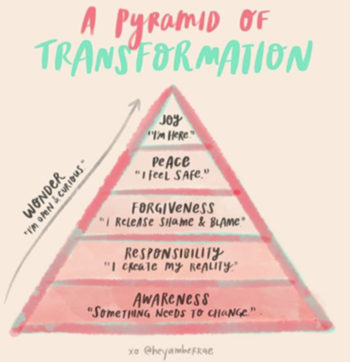
Here is a summary of the three stages of transformation:
1) Nigredo – Separation or Death
Here, we are reminded that we need the dark soil to give us nutrients. The shadow is not a bad or dark place, but a necessary reflection of richness in the dark. It is a passage, and opening. So, similar to the chrysalid, we need to take this time to retreat inward and reflect on our journey thus far, be in the moment, and breathe
If we think of a garden, it needs the dark soil to give nutrients and the shadow to let it grow. There is Richness in the dark. That is why we now hear the phrase “dark night of the soul’ as a passage: When we recognize this as a necessity to move through, it’s easier to do so.
If you are in this Phase, take some time to 1) Meditate on softness, breathe fully 2) retreat inward or in nature, 3) be still and settle in. Drop down, just like the model of a garden dropping its roots in the underworld 4) find images that are peaceful in the darkness 5) light candles to honour the shadows
This process creates a fight within us. When we break apart, that’s when we see the light. So we need the darkness to help us and guide us where to go
2) Albedo – Liminal (neutral) Space Between
This is a time that brings some clarity. We start to wash away impurities or inconsistencies. This is a marked change in attitude and deeper meaning to the process of change. So, it’s important to not rush and declare suffering is over. There is still some fragility and vulnerability in this new version of you – again, i see a young seedling that is trying to survive an early Spring storm.
The people in your life may expect more of you than you can give. They might try to put their thoughts on you. So instead, honour the quiet moment for its simple, innocent beauty. Embody a felt sense of joy and relief to come out of darkness. Ask who has come, and what does it need? Get close to suffering and sift it to find the gold.
It is still early to explain this to others as you are still tender here. What is the conversation you want now? You haven’t truly integrated yet – this is the liminal space that is messy and tender. You may still be bracing in case you may suffer again. As Deboarah put it, “it is Daybreak but not sunrise quite yet”
A ritual here could be to light a candle and then say out loud what you want to bring out of the shadows. Bringing the Shadow into the light with curiosity, self-love or compassion. The more we can embody our feelings, we are able to bring into the forefront our shadow. Movement and dance are key. Breathwork and posture helps too.
3) Rubedo – Integration and New Beginnning
This is the time of reckoning, of integration into a fully initiated and incorporated Self. It is when we are bursting in our new bloom and bounty. There is a warmth and light of consciousness, and yet there may be still a slight inner conflict as a part still wants the old, the new is still raw. This is when the butterfly sines in the light, or a new flower blossoms in all her glory.
We need to embody this new place in order to integrate it into our other parts. Some Parts have died. Others are new and don’t feel integrated or seamless yet.
So, ask yourself questions: Who am I now? What came out of this change? What do I need to bring to the world? How to bring out the story into that world. This is where the warmth and glow starts to happen – the gift of my transformation.
Don’t ignore this new self who worked so hard to appear and be heard.
One activity I love to do as a way to honour this phase and completion is to make an artifact or anchor. First, do a mindfulness exercise to see where you can locate that sensation in your body now. If it had a colour what would it be, a shape, a smell or temperature? Create the item in clay, paint it, collage, or write a poem about it.
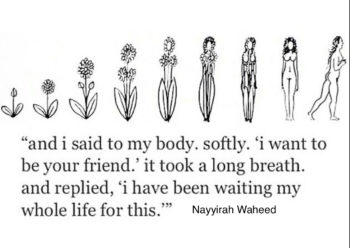
Why am i going into detail about this? For one, it’s because a big part of my work is supporting people with their transition into parenthood as well as the metamorphosis that happens as they incorporate all their Parts back together. For another reason, i see so many of us still stuck in the role of mother, and they haven’t yet crossed the threshold into a fully initiated being. So many of us get stuck in Stage 2 – the liminal space of the role of mother superseding all else. We deserve better. Patriarchy wants us to stay in this place. It needs us to still identify more as a mother or in the Mother Nurturer realm. Patriarchy is afraid of our power and wisdom, that comes with a deeper connection to feminine energy. Patriarchy needs us to be stuck in our role as mothers, and doesn’t value us as more than that.
I have been grateful to witness this Collective emergence, both from the pandemic and reclaiming sacred feminine power/energy. There has been a re-wilding of our feminine energies, our sexual root energies that connect excitement and pleasure mixed with nurturance and creativity of mother. This excites me as i know I’m not alone in this calling to be more than a mom, to be a fully initiated woman.
For too long, the Divine Feminine and Mother archetypes have been hidden by their shadow parts. They have been deemed as less than, as secondary. This has led women to internalize shame about their worthiness and sovereignty. There has been a reckoning in becoming comfortable with the unknown, be wild and be with people who are okay with this.
As Sarah of Motherspirit reminds us “until a woman descends into herself..her own worth, purpose and voice, She will be seeking these treasures outside of herself for a lifetime, and no one will be served.She will remain a child begging for permission to trust herself, to feel her feelings, to take the healthy risks to bloom.”
Recognizing those archetypes in us helps us know ourselves more fully and that can lead us to being more intimate with ourselves and authentic. Having stories like these help us see the larger story of humanity and not just our own personal experience. It allows space to play with this new capacity of being a person who creates life (or art, or gardens) as well as the one who gives it vitality and energy to thrive. This is that fine balance shedding skin that no longer fits and coming out as a more full version of you.




